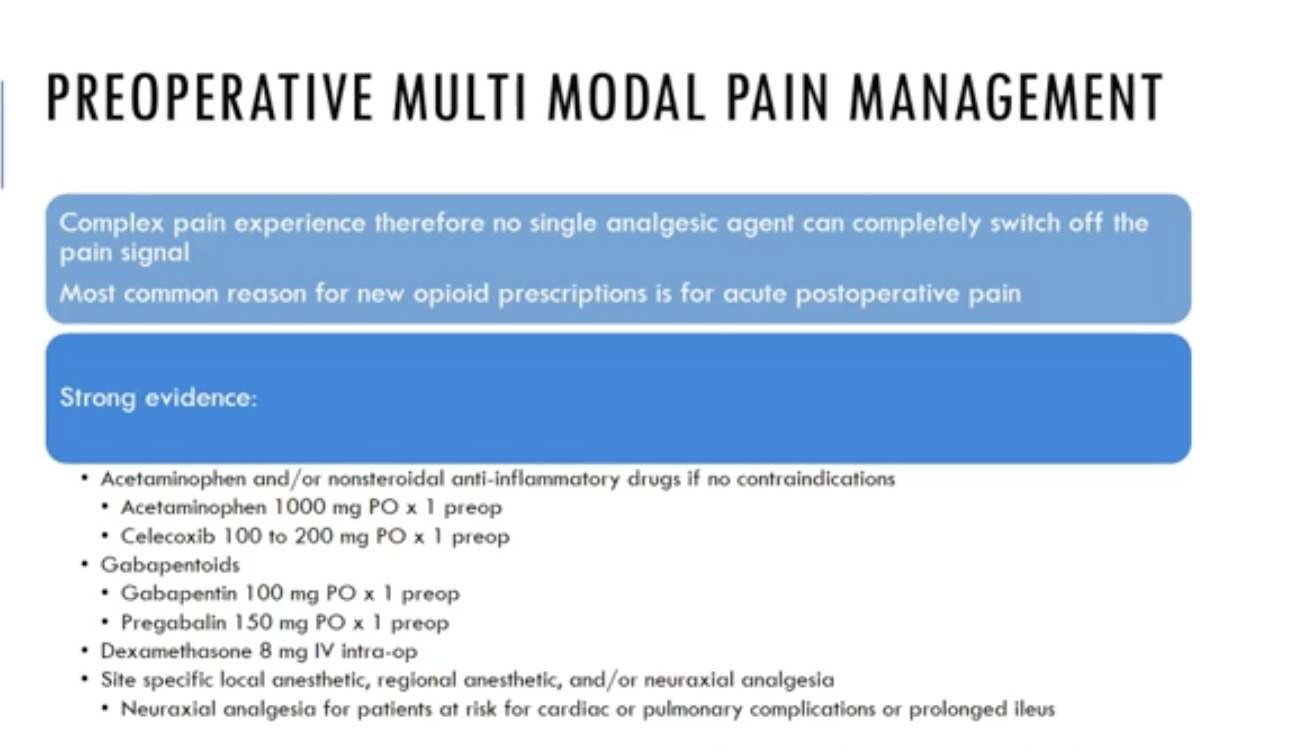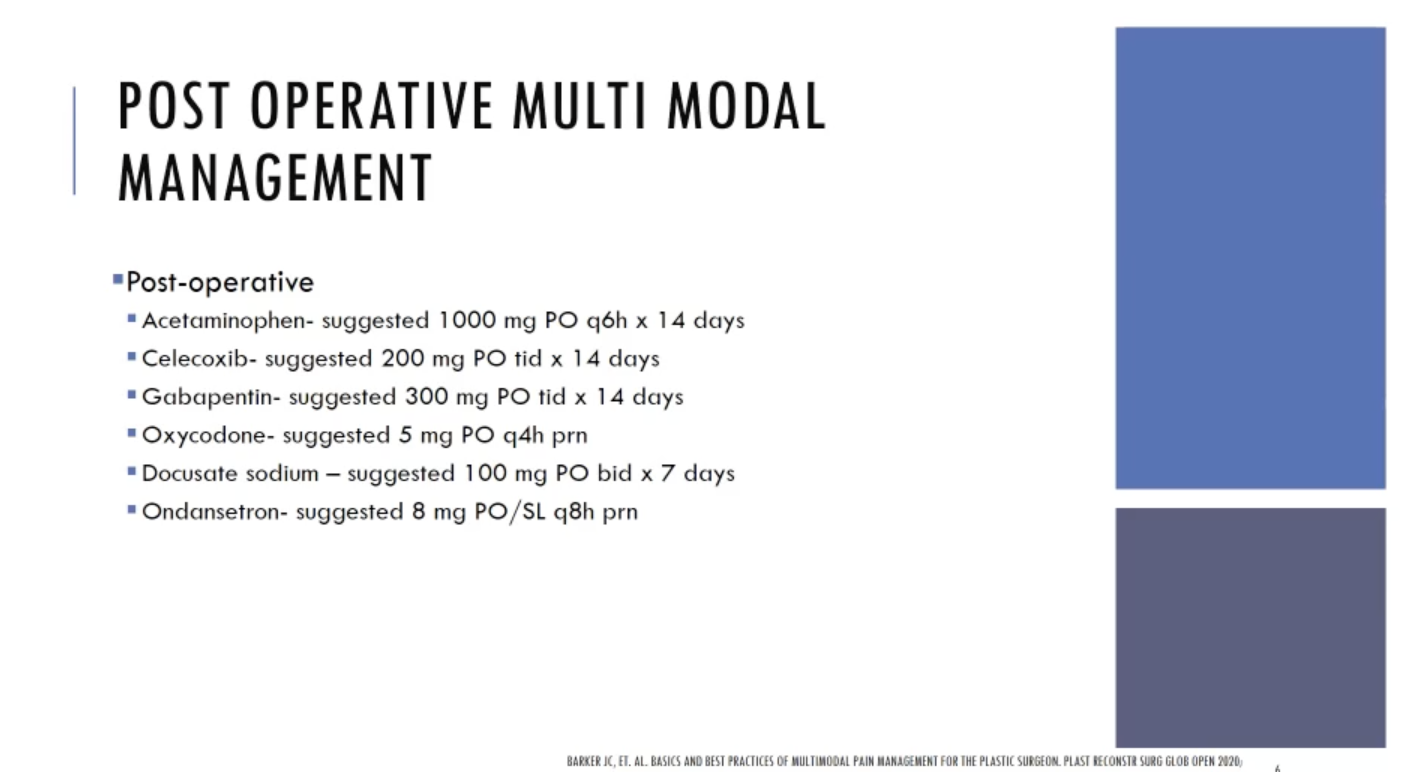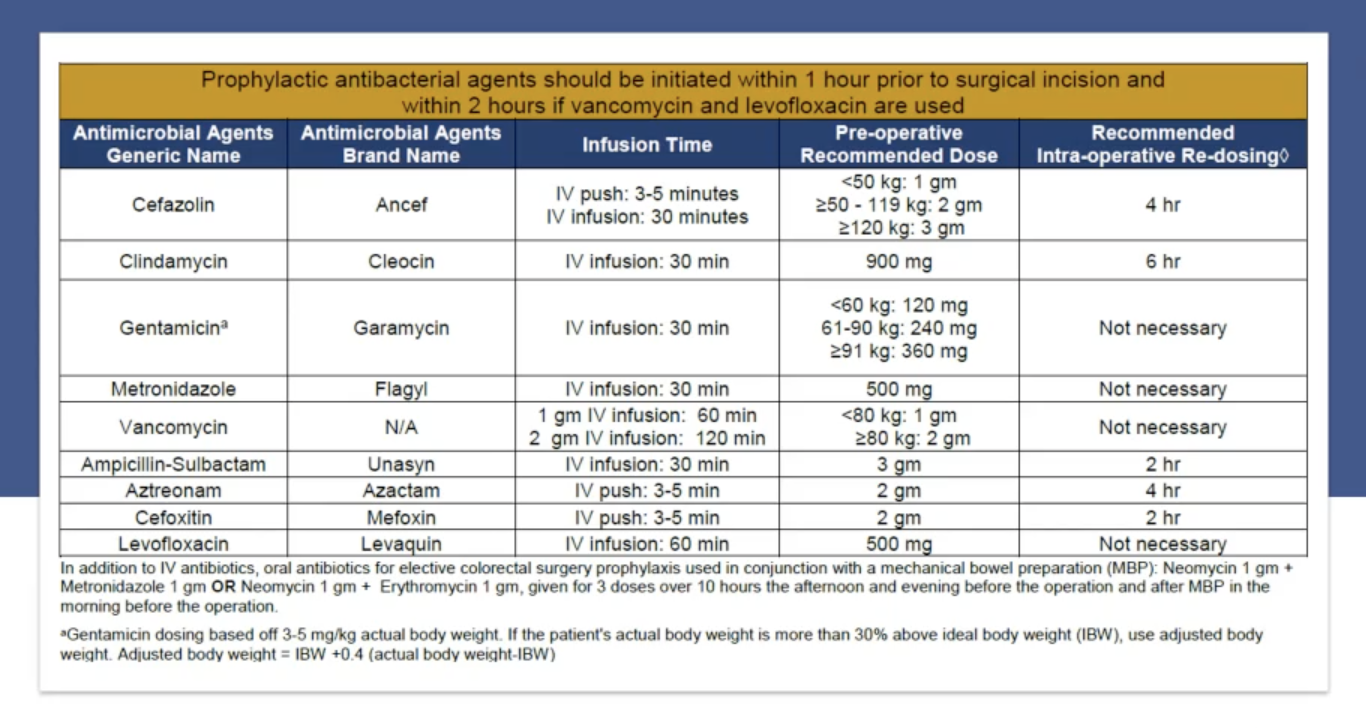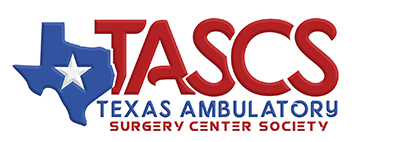The director of pharmacy at St. David’s spoke about how pharmacy management can help lead ambulatory surgery centers to success.
Pharmacy management is a key component to ambulatory surgery centers. It offers centers a guide on realistic ways to comply with regulations and helps improve efficiency with medication processes. That efficiency gives nurses more time at the patient’s bedside to give them the high-quality care they deserve. Amy Jones of Jones Premier Pharmacy Consulting and the director of pharmacy at St. David's South Austin Medical Center spoke to TASCS members about how pharmacy management can improve multimodal pain management, infection prevention, and patient satisfaction.
The pain experience for patients is complex, Jones said, and so surgery centers need to incorporate multiple pathways to relieve pain. ASCs should consider pharmaceutical, non-pharmaceutical, and even environmental methods, such as dimming lights to help make patients more comfortable.

“The most common reason for new opioid prescriptions is acute postoperative pain,” Jones said. By addressing pain through different pathways from the preoperative side to postoperative, ASCs can work to change the culture around pain management and improve the use of opioid analgesics. Jones also suggested multimodal pain management dosages, such as acetaminophen, due to the evidence showing it to be a reliable method that can be used around the clock to help deter pain without the use of opioids.

By focusing on infection prevention, centers can also help relieve the pain and discomfort patients could potentially feel after surgery. Infection prevention begins even before the patient comes in. though, Jones explained. The patient should maintain proper hygiene in the days leading up to the surgery and utilize antiseptic wipes the day before surgery to help further disinfect. Preoperative antibiotics should then be administered within 60 minutes of the patient’s surgery, and longer surgeries will need re-dosages if their antibiotics have a shorter half-life.
Jones developed a chart with other pharmacists of recommended dosages during pre-op and intraoperative times.

When infections do occur, Jones recommended that a multi-disciplinary team work together to review the surgical site infection in order to get multiple perspectives as to why it occurred and what can be done in the future to help prevent another infection. Having a preoperative and intraoperative checklist helps reduce infection rates and helps maintain consistency for each surgery.
As a final tip for TASCS members, Jones suggested having a mock walk-through to give staff members the ability to see the way a patient goes through the ASC and important touch points where satisfaction can be improved. From the reception desk to the paperwork, staff should make sure they have a well-rounded perspective on the patient’s journey. Beyond that, they should be able to explain the pre-op to post-op process, as well as all medications and potential side effects. Jones added that involving the family in the discussion, if it’s applicable, is a beneficial way to make sure patients are getting the support they need, both inside and outside of the surgery center.

